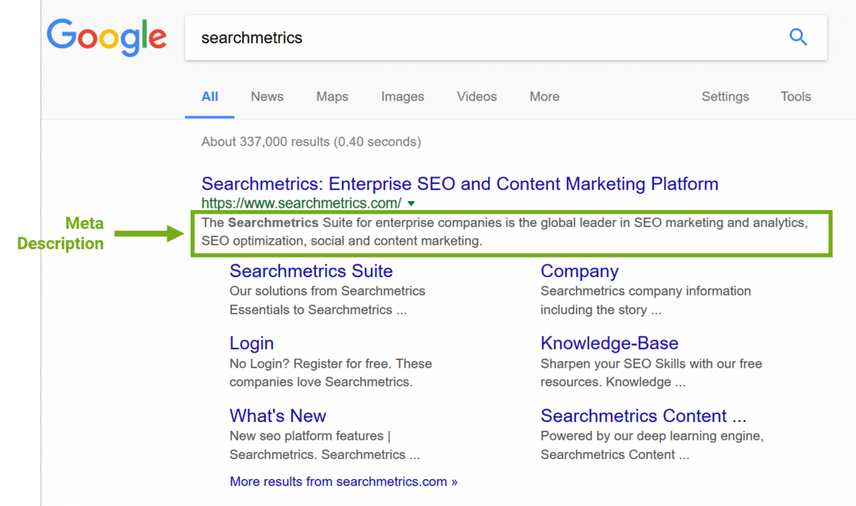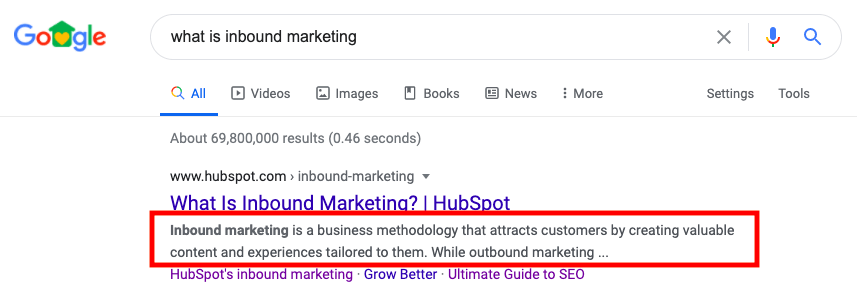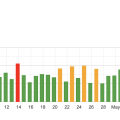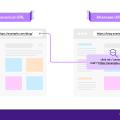Ever wondered how some search results just seem to nail exactly what you’re looking for? The secret often lies in a little snippet called the meta description. In “What Is A Meta Description?” you’ll learn about this crucial piece of HTML that can make or break your web page’s appeal in search engine results. A well-crafted meta description hooks readers and gives them a quick preview, influencing whether they click your link or scroll past. Have you ever wondered what exactly a meta description is, or why it’s so important for your website? If you’re diving into the world of Search Engine Optimization (SEO), then grasping the concept of a meta description is like knowing the secret handshake that gets you into the club. It’s one of those fundamental elements that can make or break your website traffic. But don’t worry, it’s not as daunting as it sounds.
Let’s break down what a meta description is, why it matters, and how you can craft one that not only grabs attention but also boosts your SEO game.
What is a Meta Description?
A meta description is essentially a brief summary of a web page’s content. Think of it as a little blurb that tells users what they can expect before they click on your link in the search engine results.
Why is it Important?
The importance of a meta description cannot be overstated. It’s your elevator pitch to anyone who finds your website on search engines like Google. A well-crafted meta description can significantly improve your click-through rate (CTR), and who doesn’t want more eyes on their content?
Where Do You Find It?
Meta descriptions are situated in the HTML code of your web pages. They do not appear on the page itself but are visible in search engine results. Here’s a little HTML snippet to show you what it looks like:
The Components of a Good Meta Description
Length Matters
Google typically displays the first 150-160 characters of your meta description, so you have to make each character count. Aim to keep it within this range to ensure the full description is visible.
Keywords
Incorporate relevant keywords naturally within your meta description. This helps search engines understand what your page is about and can also make your snippet more appealing to users searching for those terms.
Call to Action (CTA)
Including a call to action can encourage searchers to click on your link. Phrases like “Learn more,” “Find out,” or “Start now” can add an element of immediacy that draws users in.
Accuracy
Make sure your meta description accurately represents the content of the page. Misleading descriptions may get you clicks initially, but they’ll quickly lead to a high bounce rate as users realize the page doesn’t deliver on its promise.
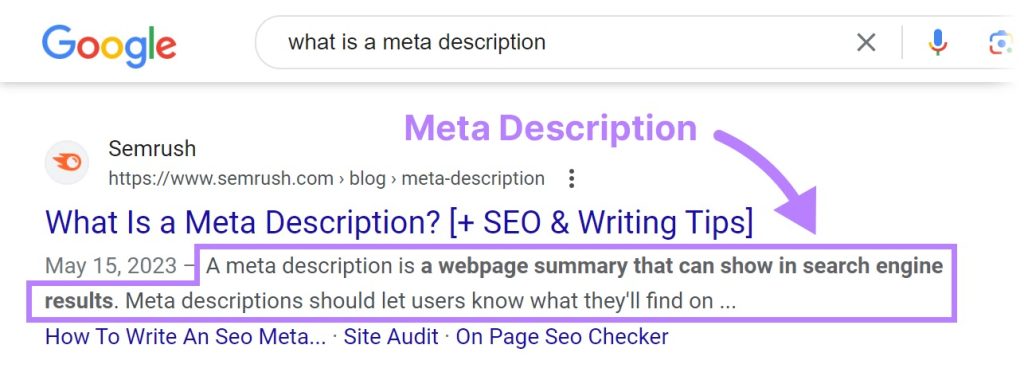
How to Write an Effective Meta Description
Know Your Audience
Understanding who you’re writing for is half the battle. Identify the needs, problems, and interests of your target audience. Tailor your meta description to speak directly to them.
Solve a Problem
Highlight how the content on your page solves a particular problem or answers a specific question. Being solution-oriented can make your page more appealing to potential visitors.
Be Unique
Avoid copying meta descriptions from other pages, even within your own website. Each meta description should be unique and tailored to the specific content of the page it describes.
Use Active Voice
Using an active voice in your meta descriptions makes them more engaging and dynamic. Instead of saying “The best recipes are found here,” say “Find the best recipes here.”
Common Mistakes to Avoid
Overstuffing with Keywords
While it’s important to include keywords, avoid keyword stuffing. Search engines are smart enough to detect this and it can lead to penalties, adversely affecting your ranking.
Being Too Vague
Vague descriptions like “This is a great page” don’t provide any real value to the user or search engines. Be specific and informative.
Ignoring Specifications
Failing to adhere to the length guidelines can result in truncated meta descriptions, which can make your snippet less compelling and informative.

The Relationship Between Meta Descriptions and SEO
Indirect Impact on Rankings
Technically, meta descriptions are not direct ranking factors. Google has stated they do not use them as a ranking signal. However, a compelling meta description can improve your CTR, which is a behavioral signal that can influence rankings.
Enhancing User Experience
Good meta descriptions enhance the user experience by providing a clear, concise summary of what users can expect. This can make your site more appealing and increase dwell time, which is beneficial for SEO.
Snippet Optimization
Meta descriptions often form the basis of your search engine snippets. Optimized snippets can improve visibility and make your link stand out from the competition.
Tools to Help You Craft the Perfect Meta Description
Yoast SEO
Yoast SEO is a popular plugin for WordPress users that helps you craft and optimize meta descriptions along with other SEO elements.
SEMrush
SEMrush offers a variety of SEO tools, including features to optimize your meta descriptions and analyze their effectiveness.
Moz
Moz provides insights and tools for improving your meta tags, helping you to create descriptions that adhere to best SEO practices.
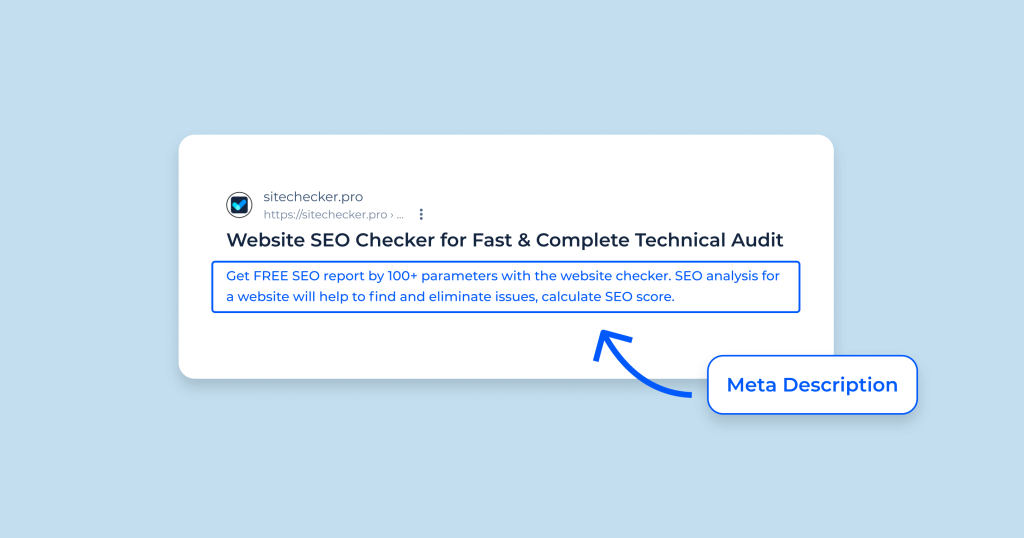
A Meta Description Case Study
Let’s delve into a real-life example to see the impact of well-crafted meta descriptions on SEO performance.
The Before Scenario
Imagine a page with the following meta description:
“Learn about digital marketing. We offer courses, tips, and resources.”
The description is okay but not exceptional. It’s vague and doesn’t offer any real incentives for clicking on the link.
The After Scenario
Now, consider the revamped meta description:
“Discover expert digital marketing strategies and insights. Enroll in our top-rated courses and transform your career today!”
The Impact
Changes like these have been shown to significantly improve CTR, which in turn, can enhance overall site engagement and potentially lead to better rankings.
DIY vs. Professional Help
Doing It Yourself
If you’re a solo entrepreneur or running a small website, you might find it easier and cost-effective to write your own meta descriptions. Resources and tools available online can guide you through the process.
Hiring A Professional
For larger websites or businesses that require a more refined approach, hiring a professional SEO expert can be beneficial. They bring expertise, tools, and insights that can make a considerable difference in performance.
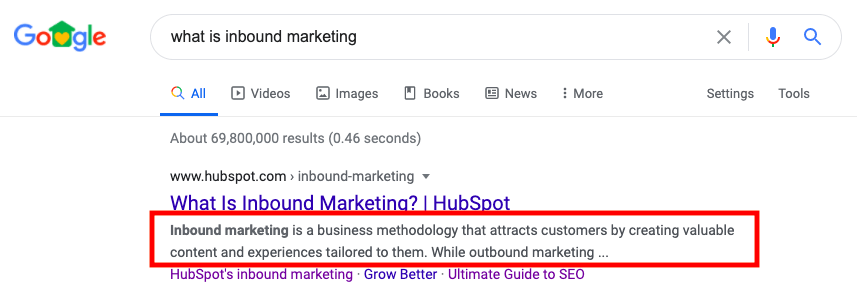
Future of Meta Descriptions
AI and Machine Learning
With advancements in AI and machine learning, the future might bring automated tools that can generate optimized meta descriptions for you. Companies like Google are already experimenting with AI-generated descriptions.
Voice Search
As voice search becomes more prevalent, the need for concise, informative meta descriptions may grow even more important, as search results are read aloud to users.
SERP Features
Search Engine Results Pages (SERPs) are constantly evolving. Features like rich snippets, featured snippets, and knowledge panels are becoming more common, altering how meta descriptions are displayed.
Final Tips for Crafting Killer Meta Descriptions
- Stay Relevant: Align your meta description closely with the content of your webpage.
- Be Persuasive: Use compelling language to attract clicks.
- Keep Testing: Continuously test and refine your meta descriptions to see what works best.
- Stay Updated: Keep up with the latest SEO trends and guidelines to ensure your meta descriptions are always optimized.
- User Intent: Always focus on the user’s intent and what they’re looking to gain from your content.
By understanding and leveraging the power of meta descriptions, you can significantly enhance your website’s visibility and appeal. So, go ahead, make your meta descriptions matter, and watch your SEO efforts pay off!
